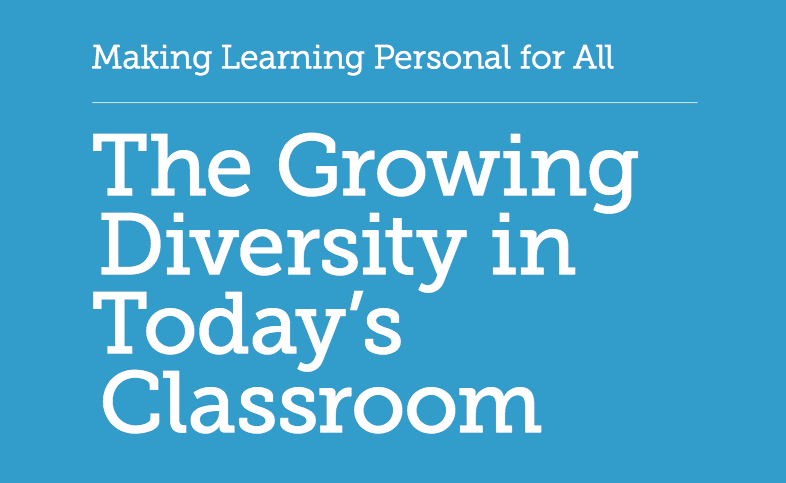The Diversity of Today’s Schools

Over the last 50 years, the student population in America’s schools have changed significantly, says a report on the diversity of today’s schools. Socioeconomics, geography, culture and linguistics, students are more diverse in nearly every way.
According to the article, a teacher in the 1980s in a classroom with 25 students might have had five or six students that required specialized teaching methods. In a classroom of 25 students today, though, about 10 to 12 students are gifted, English language learners (ELLs), have a learning disability or are living in poverty and need a more personalized approach to learning.
Based on research of these groups today, state-by-state graduation rates are substantially lower. For instance, according to this 2016 report, 16 states graduate less than 70 percent of low-income students and 35 states graduate less than 70 percent of ELLs. A more productive path to fairness is equity, it says. This is defined as providing every student, to the best of a school’s ability, to provide what is needed for him or her to be successful.
A study from the National Center for Culturally Responsive Educational Systems highlights a study which found that 76 percent of new teachers say that though they may be technically trained to teach an ethnically-diverse student population, fewer than 4 in 10 say that it helps with the actual challenges they face.
When educators invite parents, other caregivers and community resources into the classroom as respected individuals in the teaching-learning process, this interrelationship can’t help but be a positive asset, says the article “How Important is Cultural Diversity at Your School?”
One highly successful parental involvement program that invites parents onto the school site is the Latino Family Literacy Project. Through weekly meetings, the program guides parents into establishing a regular reading routine with their kids, which improves English language skills, reading and vocabulary of ELL students and parents, alike! Teachers can attend a one-day, program training at a workshop near them or via an online webinar.
